News
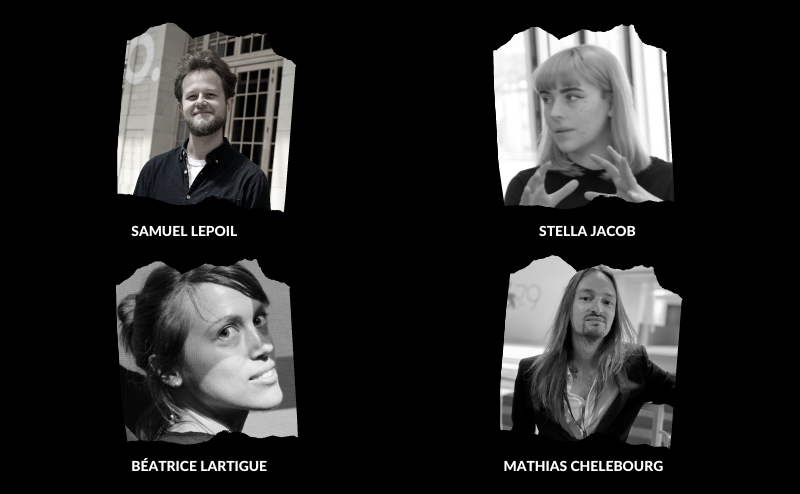
What opportunities are there for VR authors today?
Is there such a thing as immersive writing? What impact does prototyping have on writing? And what about the spread of VR in France? These were just some of the questions addressed at the round table held on December 5, organized by the GOBELINS Alumni network, in the presence of 4 guest experts on the subject: Samuel Lepoil, Co-founder of the Tamanoir Immersive studio (class of 2017), Stella Jacob, Artist and Game Designer (class of 2021), Béatrice Lartigue, Digital Artist (class of 2008) and Mathias Chelebourg, Immersive Director, founder of the Daruma workshop.
This first event of the GOBELINS Paris alumni network, moderated by Arnaud Lacaze, a lecturer in the Research and Innovation Department, was an opportunity to map the VR market in France, tackling the crucial issues of writing and distribution.
What are the singularities of VR writing?
Our guests redefined the contours of VR writing and shared some of their working methods with the audience.
" The real added value (of VR) is the link between the spectator's body and the space ", says Béatrice Lartigue.
What characterizes VR writing is the spectator's place in the narrative: he or she is directly integrated into the experience. This " incarnation " of the spectator brings VR staging issues very close to those of immersive theater. By involving choices (going right or left, up or down) and a more personal interaction between the spectator and the characters, it also encourages the creation of a new way of writing interactions.
For Samuel Lepoil , all these elements lead to " embodied " writing: "you can't write VR without self-replicating the gestures made by spectators".
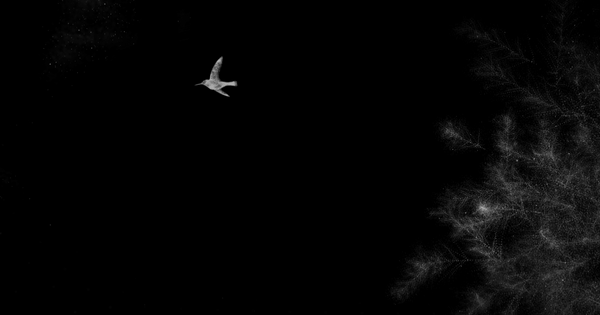
Note On Blindness - Lab 212, Béatrice Lartigue
What writing processes for VR?
"I'm often asked what my VR design tool is, and I answer that it's Word . Mathias Chelebourg.
With so many different professions involved (developers, artists, actors...), how do you write the score that takes you from concept to realization?
Writing methods vary enormously from one project to another, depending on its nature, scale or target audience. The challenge is to translate the overall vision of the project and maintain it throughout the entire production process.
VR writing processes can borrow from the cinema (with a simple handwritten storyboard, for example) and from theater techniques, notablycontrolled improvisation , which allows the spectator to be framed while giving him or her a sense of freedom. Video games are another great resource. Its processes have already been tried and tested on large teams, and certain tools, such as screen tests, are indispensable to VR writing for validating staging ideas.
On the other hand, while prototyping is a crucial stage in the writing process, it can also be very costly and compromise the rest of the project. Samuel Lepoil 's advice is therefore to introduce the VR headset as late as possible, and find other ways of prototyping beforehand: test with an actor and a panel of participants, or simply use role-playing, which uses more or less the same mechanics as VR.
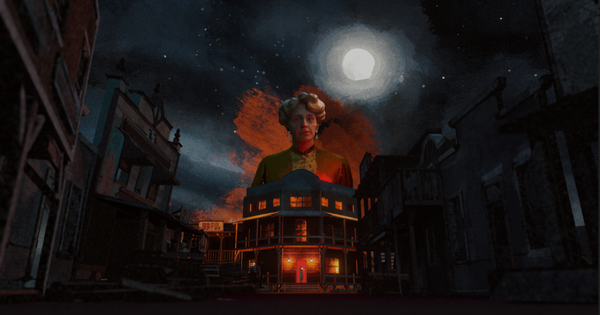
Calamity Jane - Tamanoir Studio, Samuel Lepoil
What are the opportunities for VR today?
" We need to find a way to be more sober in the creation of VR experiences, and to create places that would be real opportunities for dissemination (...) otherwise we produce works that make it to three festivals and then disappear ". Mathias Chelebourg.
There is a huge amount of support for VR creation in France, and digital technology has the great advantage of being able to travel very easily to different festivals, offering a multitude of opportunities for young graduates.
On the other hand, distribution remains a black mark. There are very few distribution systems in France and around the world. Official platforms have put aside narrative experimentation in favor of more profitable video games. Distribution is also highly structured in the arcade-style entertainment market.
For Mathias Chelebourg, we need to create spaces that take the risk of broadcasting narrative VR experiences, but we also need to think about creation standards. When you use a headset, you take the risk that it won't exist in 6 months' time, and that it will no longer be possible to distribute it.
Thanks again to our guests for attending this first Alumni Network event!
GOBELINS Paris offers a continuing education course entitled "Writing and storytelling for VR content" .
Article by Sophie Jean
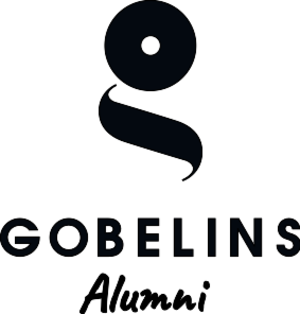








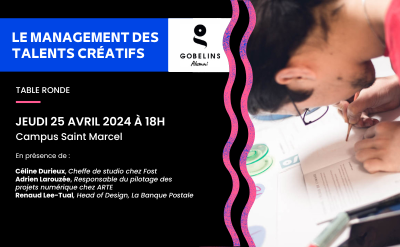
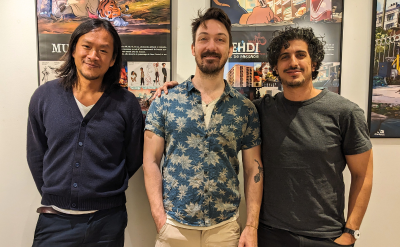
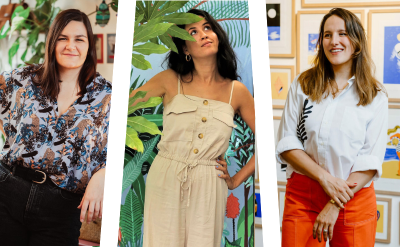

No comment
Log in to post comment. Log in.